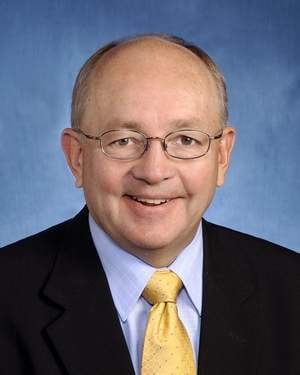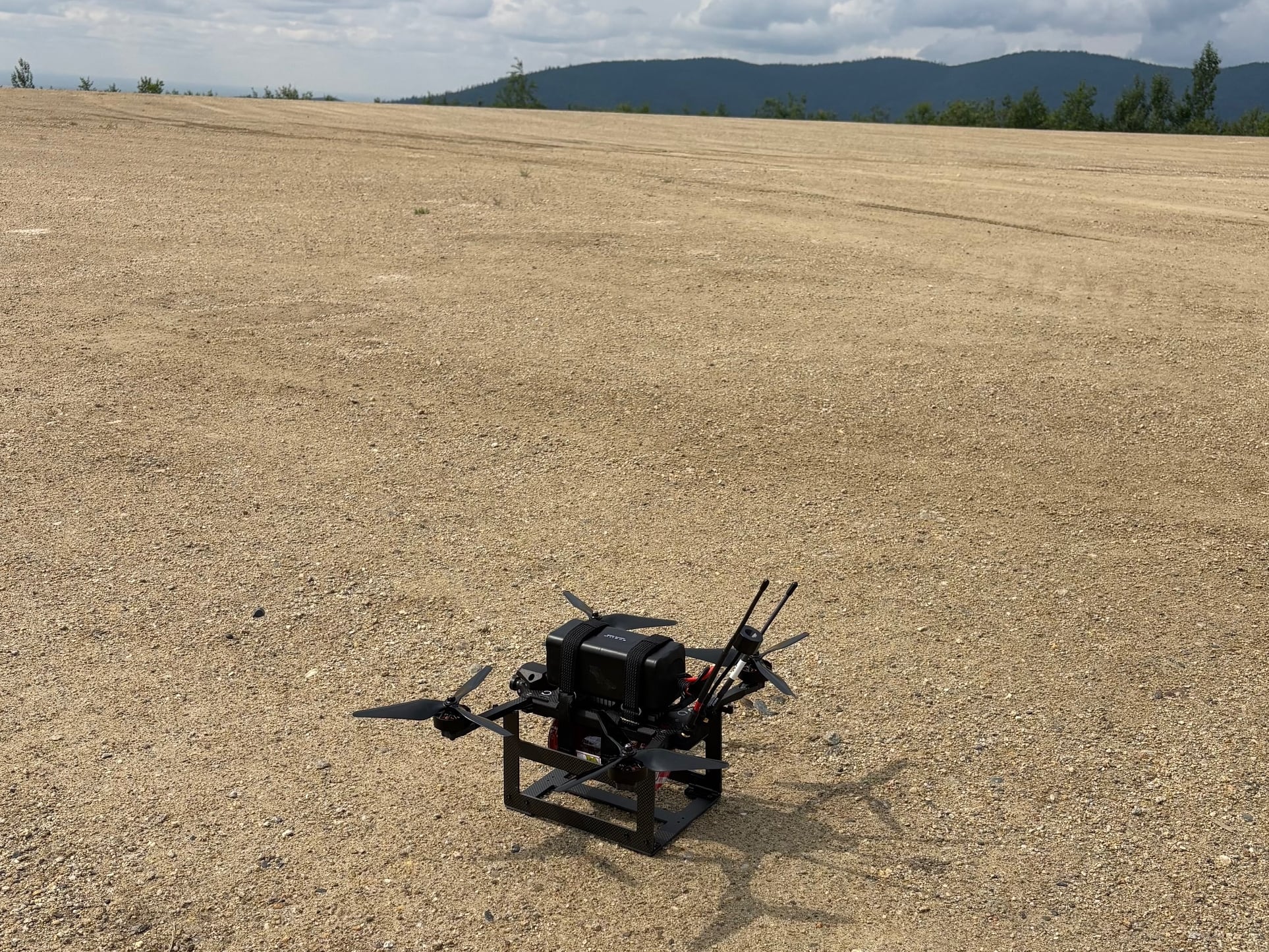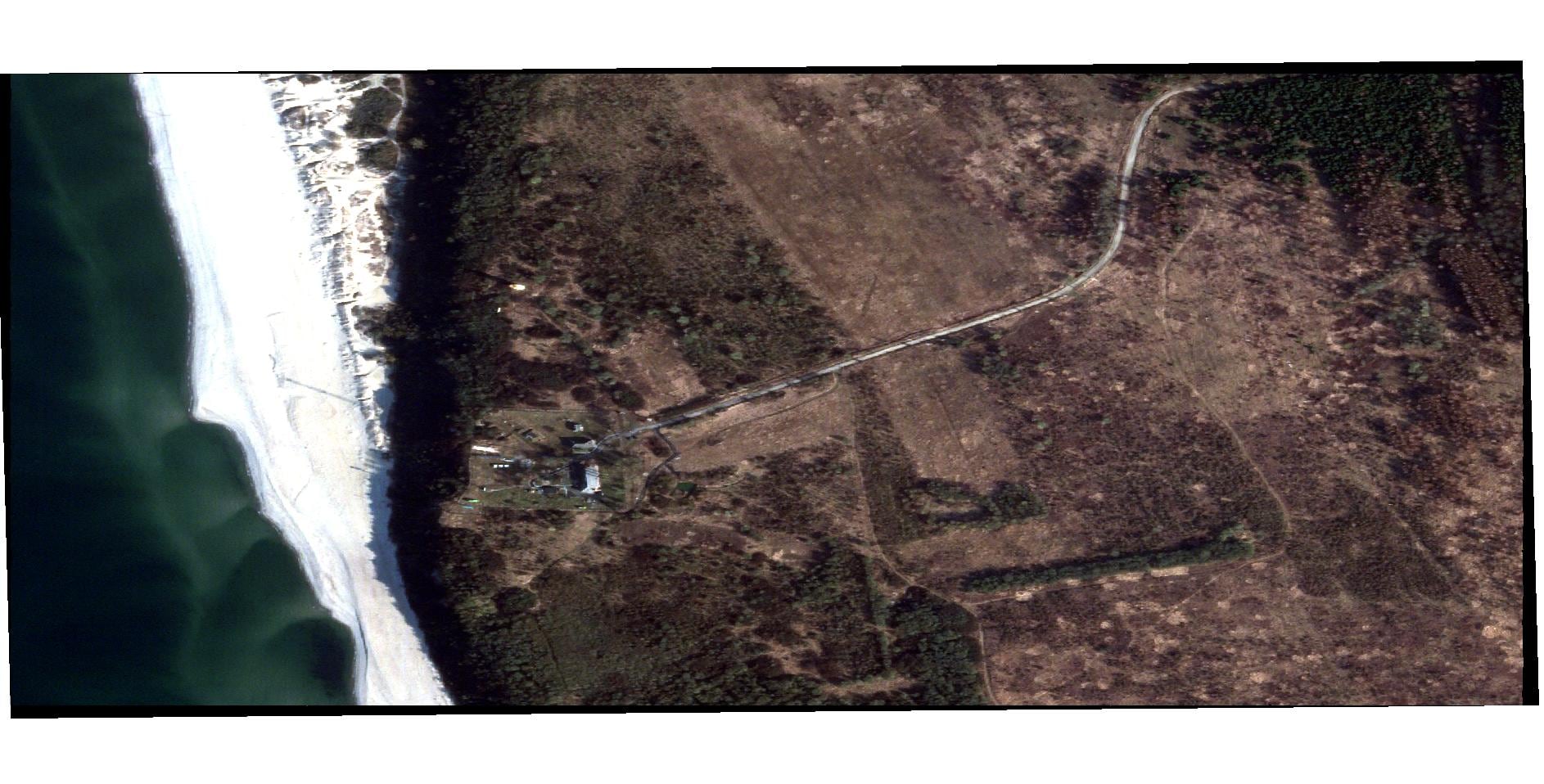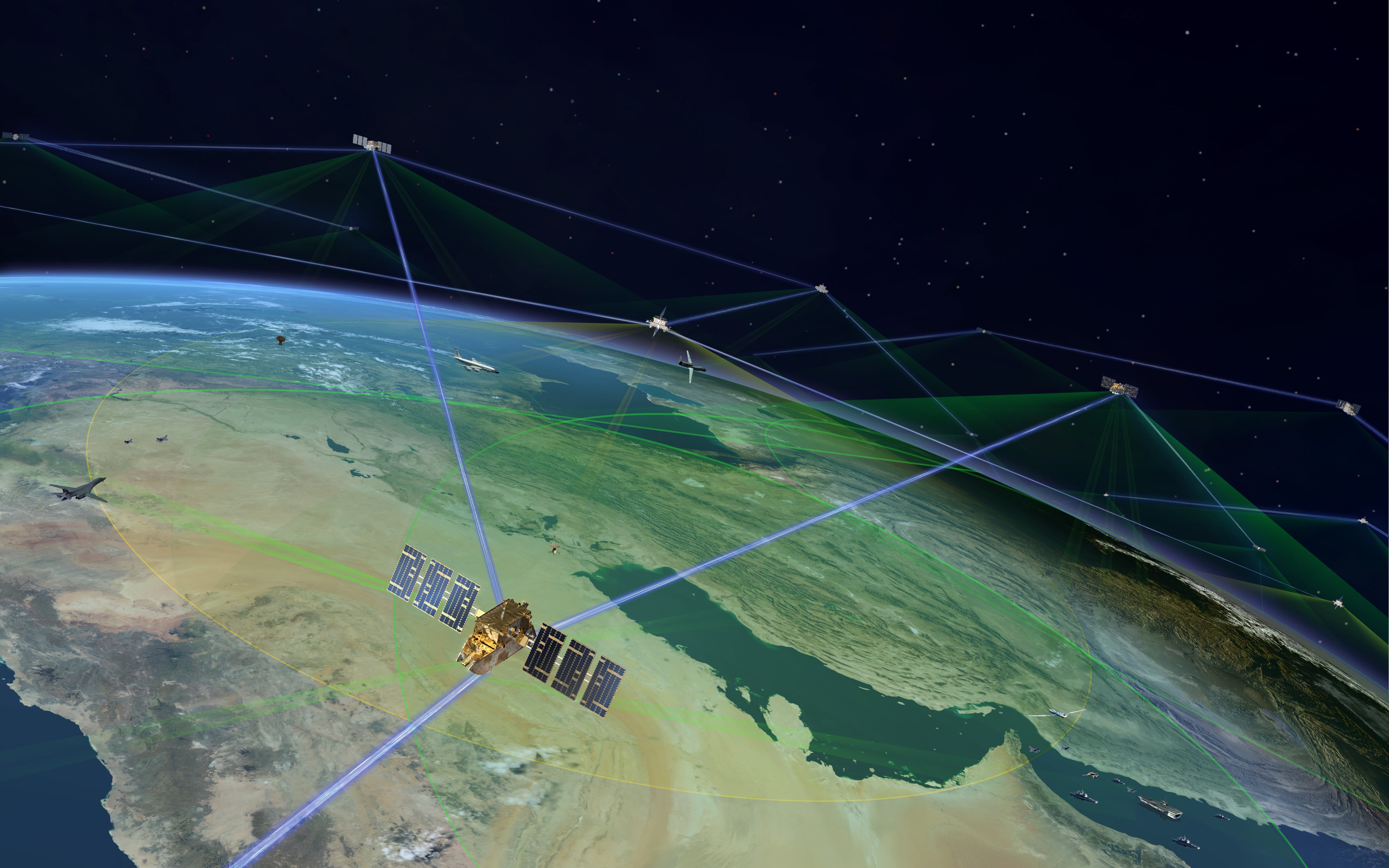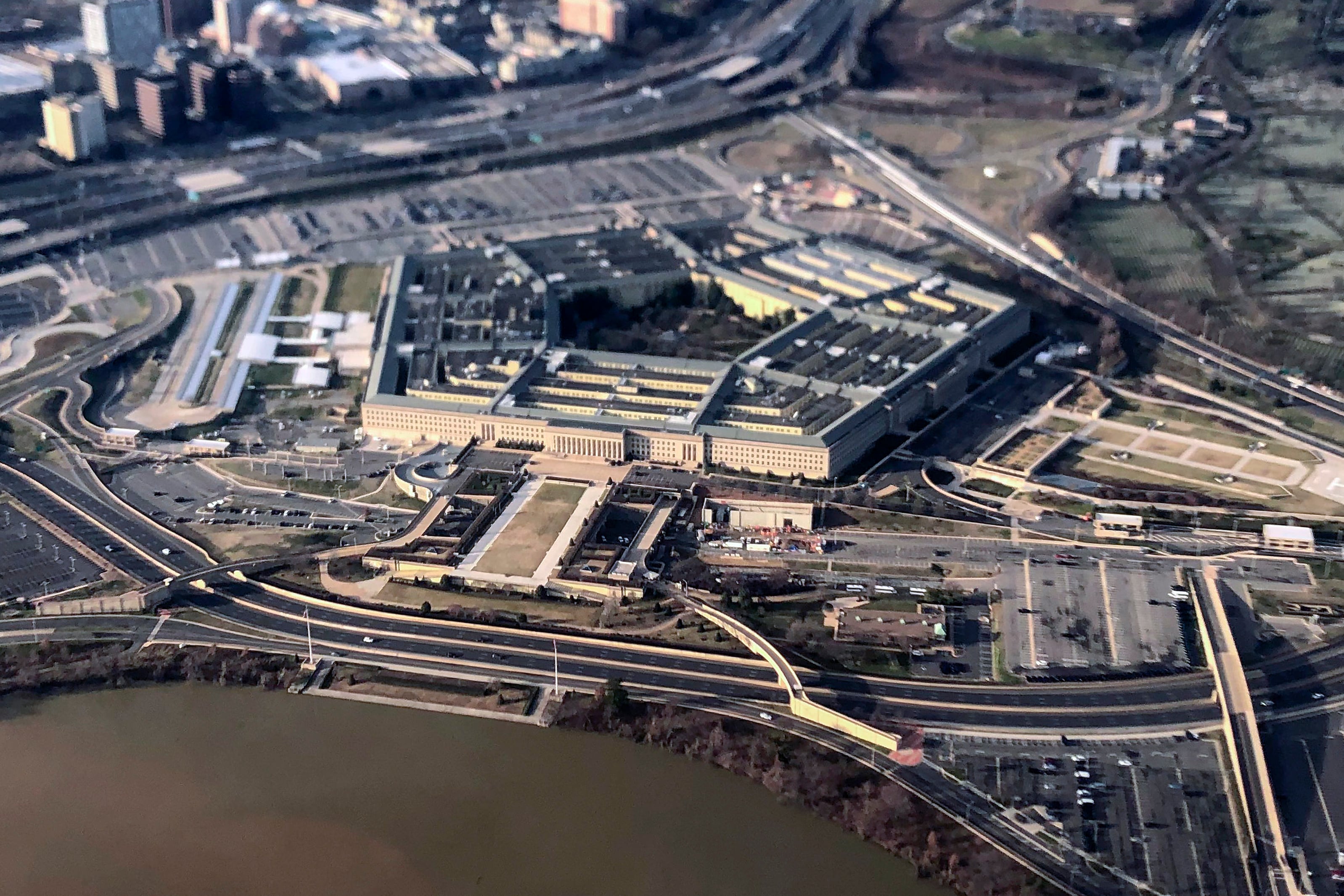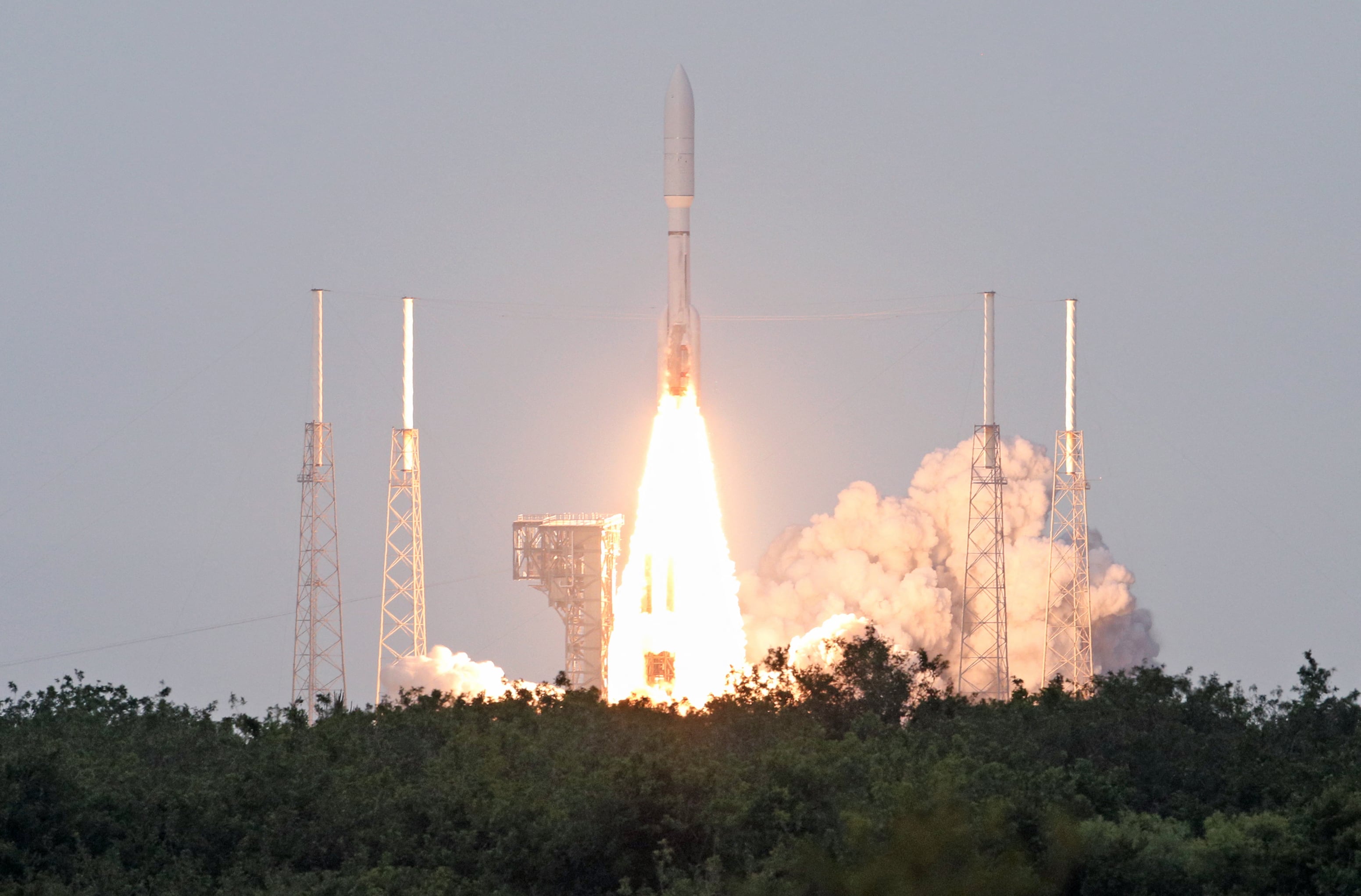This is the story of how 1+1 can equal 3. Two farsighted Department of Defense strategies for pushing developmental communications technologies are achieving their aims and now stand ready to deliver the Mobile User Objective System.
MUOS projects the power of legacy Ultra High Frequency (UHF) and modern secure voice and data communications via satellite capabilities to our war fighters anywhere in the world. It makes possible military-ready 3G cellular capabilities from any part of the world to any other for 1:1 or 1:many voice and data exchanges.
The Navy-Lockheed Martin team is readying for the pending Atlas 5 launch needed to complete the globe-spanning MUOS enterprise satellite system. Five orbiting satellites and a series of relay ground stations around the world will revolutionize secure communications for mobile military forces.
That's part one. Part two is made possible by the ongoing commitment of the DoD to open standards and waveform access to promote competition and innovation in the development of the MUOS solution. As a beneficiary of this pro-competition DoD approach, many companies, Harris Corporation included, have made the research and development investments needed to achieve success in MUOS integration.
Companies have already conducted satellite calls using tactical radios with the MUOS waveform, demonstrating readiness to deliver MUOS-capable voice and data communications to the thousands of radios, including the AN/PRC-117G. These radios are already fielded with only an upgrade to existing software, along with a diplexer and antenna. MUOS capability on existing radios is an innovative and quickly deployed solution that is cost efficient.
As a March 2015 Government Accountability Office report noted, MUOS is important to sustaining legacy secure UHF communications, but over 90 percent of MUOS’s capability depends upon being able to integrate the MUOS waveform, Handheld, Manpack and Small-form Fit (HMS) terminals, and ground systems.
As a result, DoD's competitive approach to next-generation communications development has made possible a creative, cost-effective solution to issues with waveform integration.
Once the radios’ software is upgraded, communications for U.S. war fighters — wherever they are in the world — will be secure. always "on." The seamless communication that we take for granted in our everyday world of smartphones, tablets and Wi-Fi hotspots will be available to war fighters to operate in the tactical environment in a way that was never possible before.
It's taken us all longer to reach this goal that we thought. Frankly, inventing and perfecting game-changing technology is never a straightforward path.
But it's no understatement to say this outcome will be game-changing for U.S. military planners and troops on the ground. Seamless tactical communication — regardless of global positioning, of weather, of terrain — will eventually change doctrine and change the way we deploy our military forces.
Hence, 1+1=3.
Maj. Gen. (retired) Dennis Moran is the vice president of Government Business Development for Harris Corporation.
